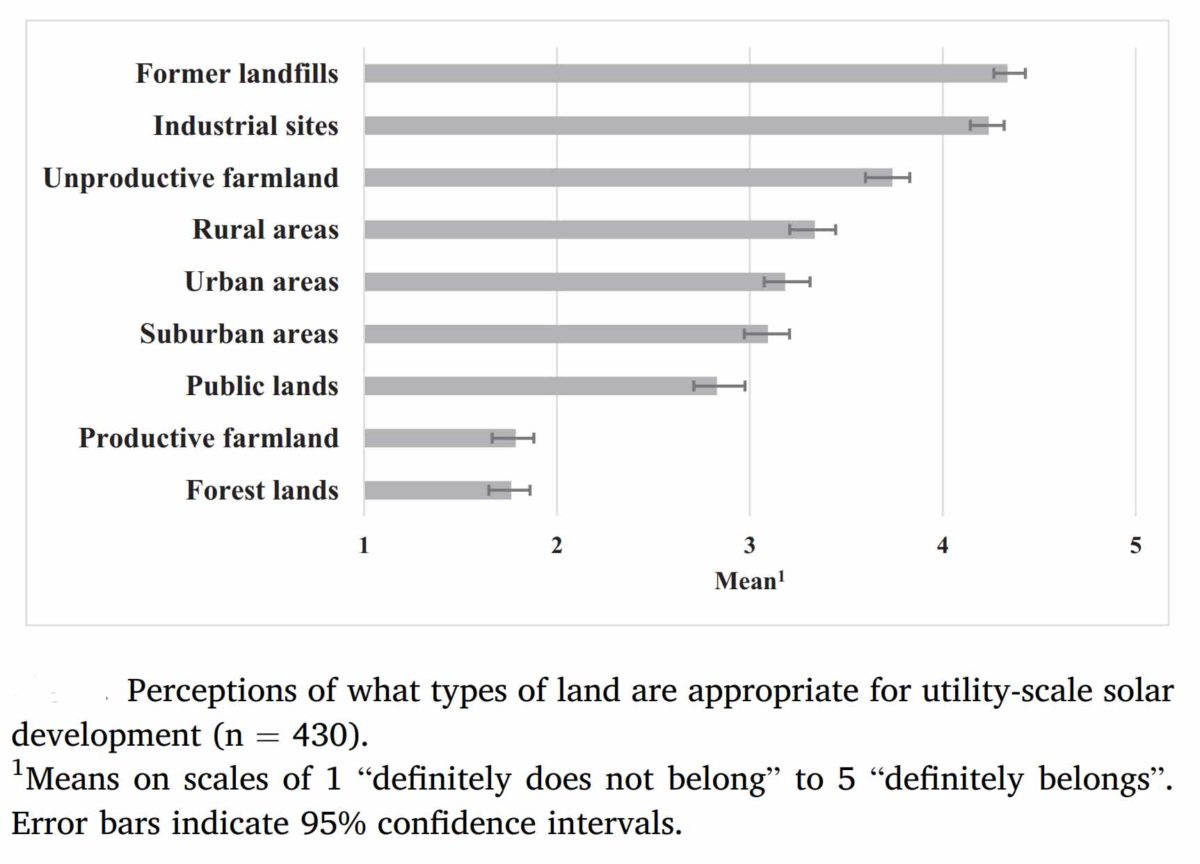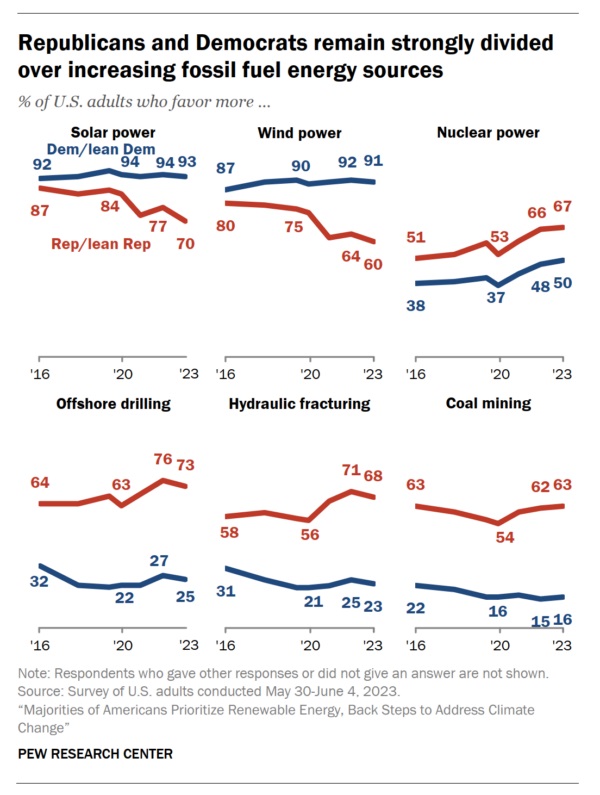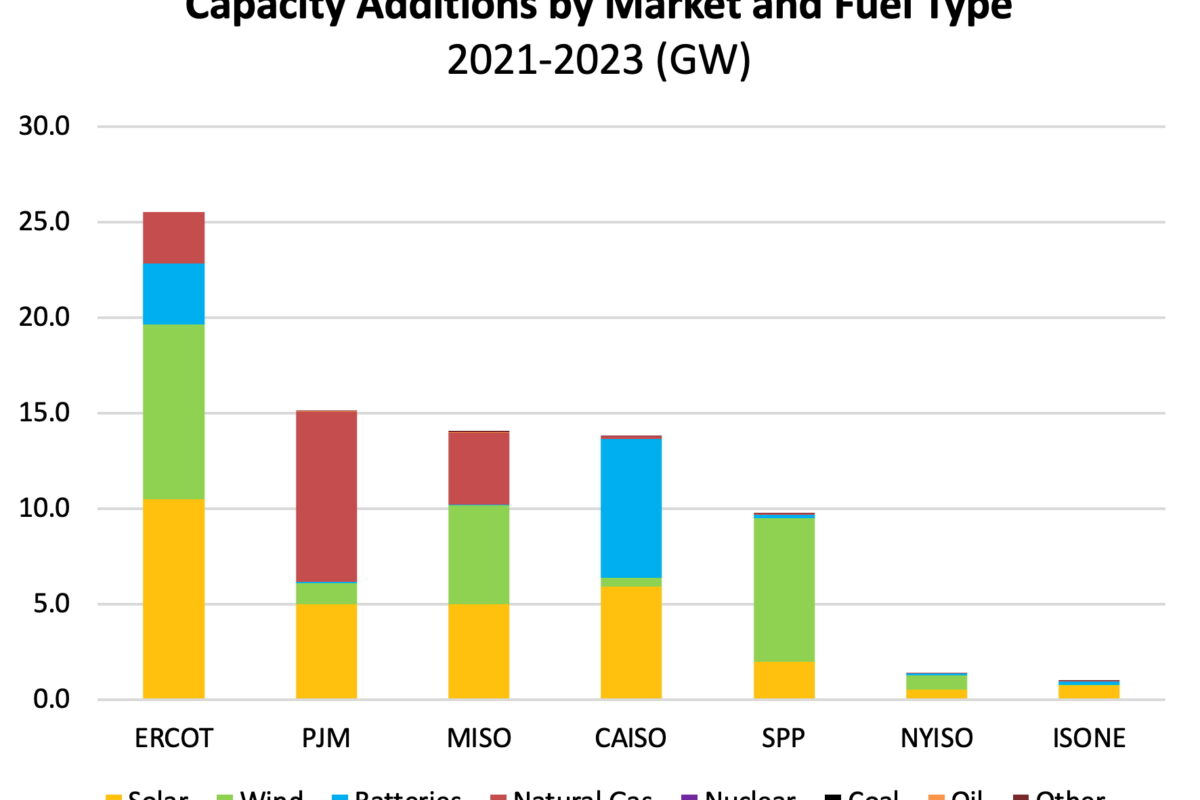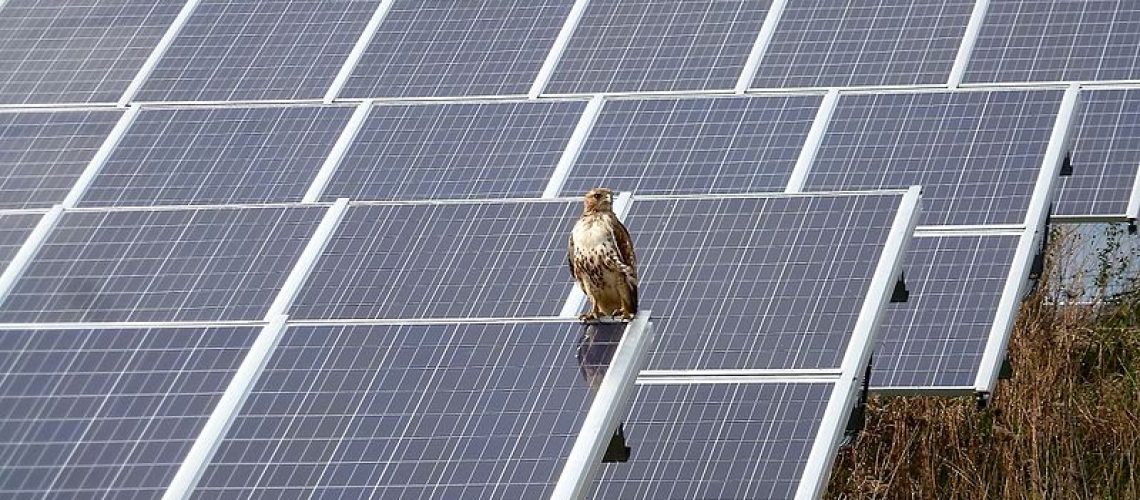A lawsuit alleges that Michigan’s takeover of zoning authority for large-scale solar and wind projects violates the state’s rulemaking process.
Six counties and 72 townships in Michigan are suing the state, arguing that the Public Service Commission (PSC) exceeded its authority by taking over zoning authority for large-scale solar and wind facilities.
Filed on November 8th, the lawsuit states: “The Order unlawfully and unreasonably redefines key terms and concepts and creates processes and procedures that violate the Legislature’s express and unambiguous intent.”
The plaintiffs argue that the PSC’s actions constitute regulatory overreach, describing the Order as “simply a rule by another name that did not go through the rulemaking process as required by the Administrative Procedures Act.” The local governments are asking the court to strike down the law entirely and permanently bar the PSC from enforcing it.
In July 2024, Michigan further strengthened its commitment to clean energy by enacting the Homeowners’ Energy Policy Act, which enables 1.4 million condominium residents to install residential solar systems without interference from homeowners’ associations. The law follows the state’s 100% Clean Energy Mandate signed in late 2023 and builds on Michigan’s broader climate goals, including achieving economy-wide carbon neutrality by 2050.
Michigan is not alone in centralizing energy siting decisions. Ohio has managed large energy siting through its Power Siting Board since 1972. New York’s Office of Renewable Energy Siting oversees wind and solar projects of 20 megawatts or larger, while Massachusetts relies on its Energy Facilities Siting Board to govern large-scale power plants.
Source: Nat Bullard
This lawsuit is part of a broader, growing conflict over renewable energy siting between local governments and developers. According to the Sabin Center for Climate Change Law, the number of local ordinances restricting renewable energy projects in the United States has surged, from 228 in May 2023 to nearly 400 by June 2024, as noted by energy analyst Nat Bullard.
The U.S. Department of Energy’s National Renewable Energy Laboratory estimates that the “technical potential” for solar installations in the U.S. could reach 147 TW under the most permissive land-use scenarios. This figure excludes only legally protected areas and land deemed unsuitable for development. However, when the strictest setback requirements are applied, the potential for solar energy drops significantly, shrinking to 91 TW.
Examples of restrictions include ten Ohio counties banning large-scale solar, a small town in Maine banning all commercial solar, and coordinated misinformation campaigns by local opposition groups aimed at blocking solar projects.

Source: Cornell University
There is significant nuance in the debate over solar energy deployment. While opposition to solar projects often arises in the form of local restrictions or misinformation campaigns, solar installations sited on former landfills, industrial sites, and unproductive farmland tend to be widely supported.
At least some of these anti-solar actions appear to be driven by fossil fuel interests, including groups such as “Citizens for Responsible Solar,” which operates out of Washington D.C., and misrepresents itself as a grassroots environmental advocate while promoting opposition to solar projects on social media. Though these tactics have successfully derailed some solar developments, the majority of projects continue to progress despite the opposition.

However, support for large-scale solar has increasingly diverged along political lines. As solar energy has expanded and become increasingly politicized, Republican support has declined. Data shows that Republican and rural landowner sentiment is complex, with many supporting smaller, community-based solar projects while opposing what they view as “industrial” solar. Nonetheless, despite opposition to large-scale solar, some conservatives are embracing the financial benefits of solar energy and are going all in.
Popular content




